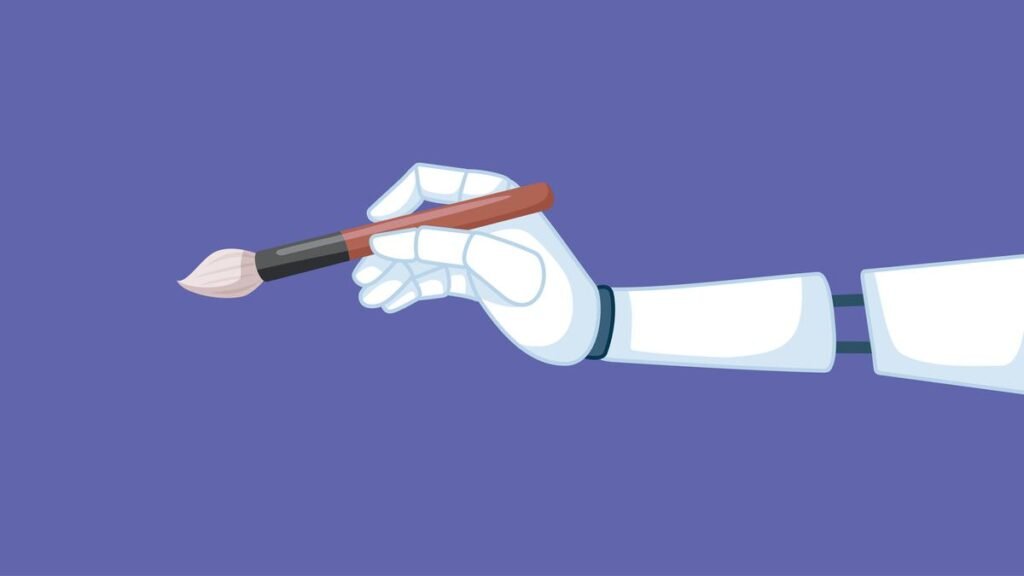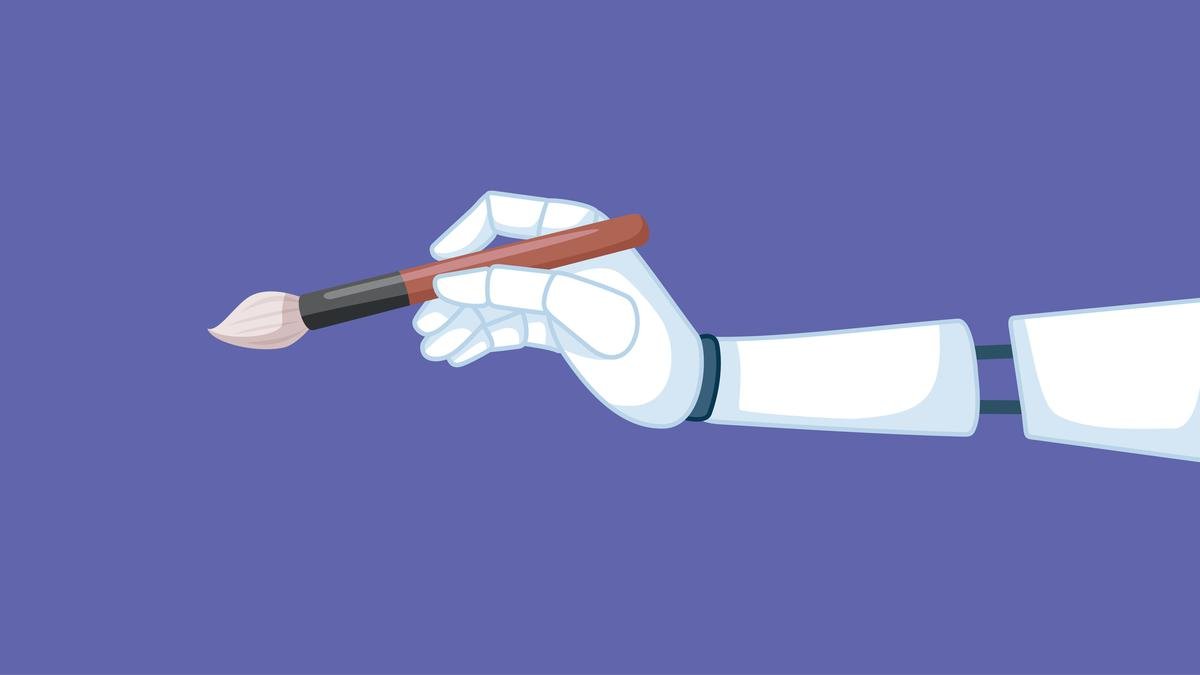
OpenAI’s latest innovation, Sora, is causing quite a stir, and for good reason. Named after the Japanese word for “sky,” Sora embodies the concept of boundless creative potential. The AI-powered video generator produces clips so lifelike that they leave viewers spellbound upon first glance.
This time, OpenAI is in the limelight for introducing Sora, an artificial intelligence model capable of crafting flawless one-minute videos based solely on text prompts. Trained on a diverse array of videos and images encompassing varying durations, resolutions, and aspect ratios, Sora delivers output that is crisp, clear, and remarkably realistic.
The announcement of this groundbreaking AI model came from OpenAI CEO Sam Altman via X (formerly Twitter) on Thursday. Altman invited users to submit prompt suggestions, showcasing Sora’s capabilities by promptly generating videos depicting scenarios such as dogs podcasting atop a mountain, woolly mammoths traversing snow-capped peaks, and the vibrant nightlife of Tokyo. These videos, characterized by their high definition and cinematic quality, set Sora apart from previous AI video generation tools like Meta’s Make-a-Video and Google’s Lumiere text-to-video tool.
Unlike its predecessors, Sora yields studio-grade final products, further solidifying OpenAI’s position at the forefront of artificial intelligence innovation.
- Technology Overview: Sora utilizes cutting-edge artificial intelligence techniques, including a diffusion model architecture, to generate highly realistic videos from textual prompts. This approach involves gradually refining an initial noise-like image to produce photorealistic video sequences.
- Training Data: The model is trained on a vast dataset comprising videos and images with diverse characteristics, such as different durations, resolutions, and aspect ratios. This extensive training data enables Sora to understand and replicate a wide range of visual content accurately.
- Photorealistic Output: One of the most striking features of Sora is its ability to produce videos that are indistinguishable from those captured by a camera. The generated videos exhibit high-definition visuals, detailed textures, and realistic motion, captivating viewers with their lifelike quality.
- Application Potential: Sora’s capabilities extend beyond entertainment, with potential applications in various industries. For example, it could be used in film and media production to streamline the video creation process, in marketing to generate compelling visual content, or in virtual environments to enhance user experiences.
- Comparison to Other AI Models: Sora’s achievement surpasses that of existing text-to-video AI models, such as Meta’s Make-a-Video and Google’s Lumiere tool. While these tools also generate videos from textual prompts, Sora distinguishes itself with its unparalleled realism and studio-grade output quality.
- Future Development: OpenAI plans to continue refining and expanding Sora’s capabilities through ongoing research and development efforts. This includes exploring new training techniques, improving model performance, and addressing potential ethical considerations related to AI-generated content.
Overall, Sora represents a significant advancement in artificial intelligence technology, pushing the boundaries of what’s possible in video generation and opening up exciting possibilities for future applications.
